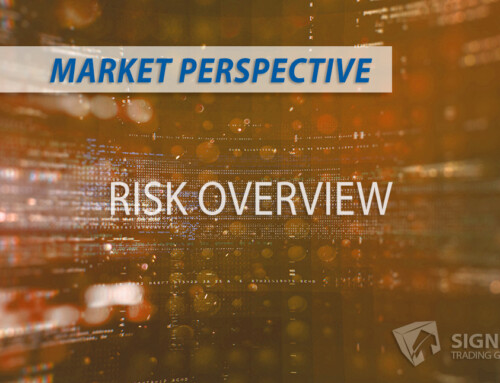Irrational Exuberance: A Term that Defined an Era
The term “irrational exuberance” has been ingrained in the financial world since it was first coined by Alan Greenspan, former chairman of the Federal Reserve, in 1996. This phrase is a stark reminder of the potential pitfalls of market speculation and the role of emotions in economic decisions. But what exactly does it mean, and why did Greenspan use it?
What is Irrational Exuberance?
Irrational exuberance is speculative behavior driven by emotional excitement rather than fundamental or rational analysis. When investors become so captivated by the prospect of quick, easy profits, they lose sight of underlying realities.
In such a state, investors tend to overestimate the potential returns of an investment and underestimate the risks involved, leading to inflated asset prices. When the bubble eventually bursts, those swept up in the irrational exuberance often suffer significant losses.
Alan Greenspan and The Birth of a Phrase
Alan Greenspan introduced the term during a speech at the American Enterprise Institute on December 5, 1996. At the time, the U.S. stock market was in the midst of a prolonged bull run. Greenspan posed a question that subtly hinted at his concerns about market overvaluation:
“But how do we know when irrational exuberance has unduly escalated asset values, which then become subject to unexpected and prolonged contractions…?”
The phrase “irrational exuberance” immediately caught the attention of the media and market participants. Many interpreted it as a warning that the stock market might be overvalued, leading to a temporary price dip.
Why Greenspan Used the Term
Greenspan used the term to express concern about the potential for a dangerous asset bubble. He was worried that investors, driven by excessive optimism and emotion rather than rational calculations, were inflating market prices beyond what could be justified by fundamentals.
The late 1990s and early 2000s dot-com bubble clearly exemplifies irrational exuberance. Investors poured money into internet-related stocks, driving their prices to astronomical levels despite many of these companies having never turned a profit. When the bubble burst, billions of dollars in market value evaporated almost overnight.
The Legacy of Irrational Exuberance
The phrase ‘irrational exuberance’ continues to resonate in financial markets today. It serves as a cautionary reminder of the dangers of speculation and the importance of basing investment decisions on solid fundamentals rather than emotional enthusiasm.
In conclusion, Greenspan’s term ‘irrational exuberance’ encapsulates the heady mix of emotion and speculation that can drive market bubbles. By understanding this concept, investors can navigate financial markets with a more grounded perspective, aware of the risks of following the crowd and the importance of rational, informed decision-making.




